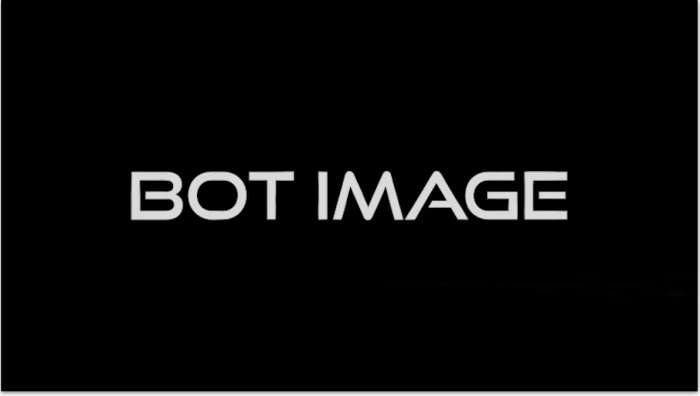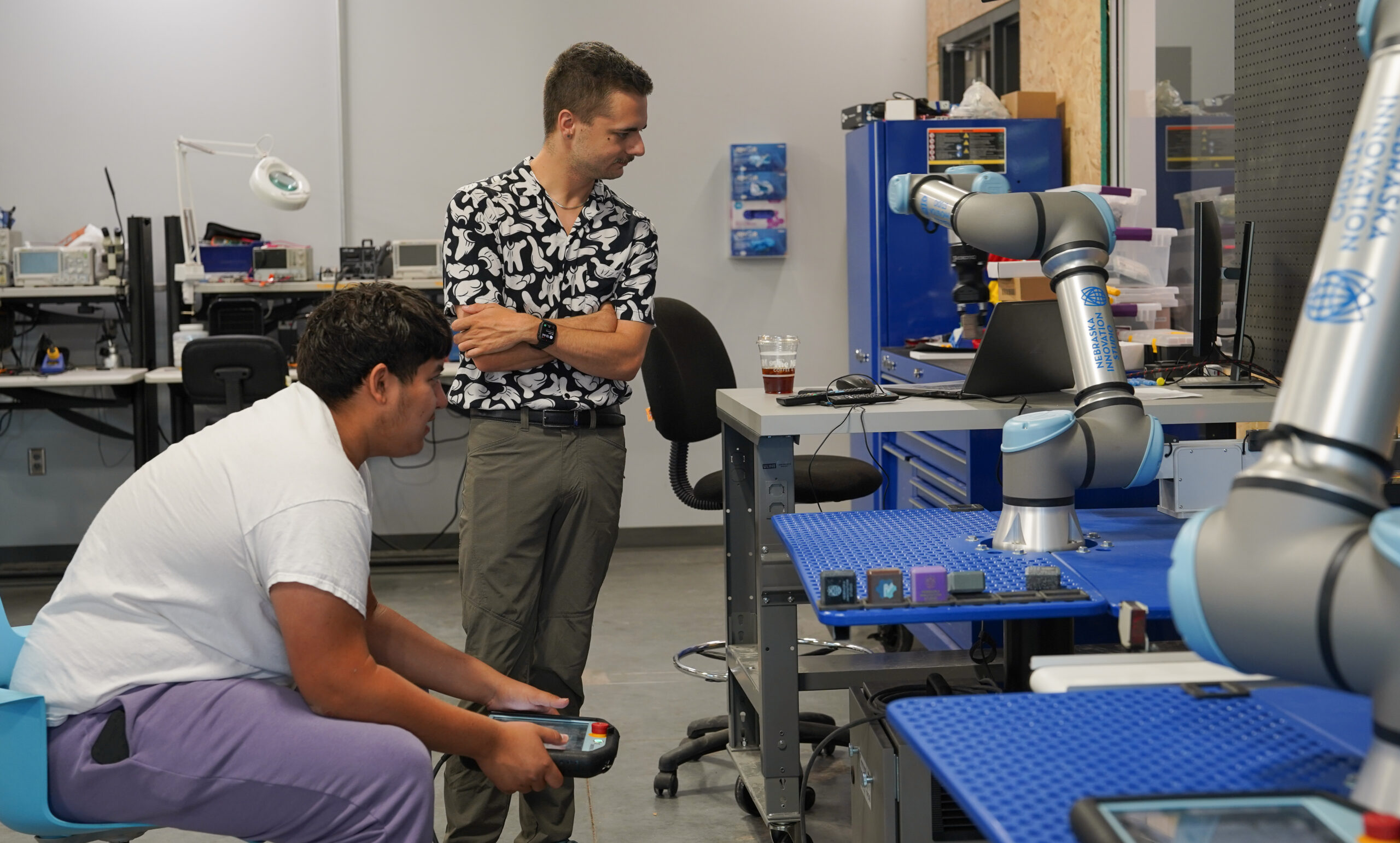The Omaha-based MRI medical device company, Bot Image Inc., announced this month an addition to its line of software products aimed at assisting the detection of prostate cancer. Dubbed QT Prostate MRI, the new software-as-a-service utilizes machine learning to aid in the identification of prostate cancer by producing a colorized map of both normal and abnormal tissue.
QT Prostate MRI—along with Bot Image’s forthcoming software interface, ProstatID—is based on a proprietary algorithm developed by the National Institutes of Health, for which Bot Image owns an exclusive license.
“Prostate cancer screening and detection has changed little over the past 30 years, despite the mountain of evidence pointing to the efficacy of superior technologies and the futility of the old methods,” said Randall Jones, PhD, founder and CEO of Bot Image. “Sadly, this has resulted in the unnecessary and premature deaths of countless numbers of men in the US alone. QT Prostate MRI represents an exciting step in the fight to save lives.”

Both QT Prostate MRI and ProstatID aim to simplify the task of identifying prostate cancer from MRI images. They allow radiologists to send MRI images to a HIPAA-complaint cloud server, where the images are then processed by machine learning models. The technology utilizes a combination of two machine learning models: a convolutional neural network (CNN), and a random decision forest. The convolutional neural network handles classification and segmentation of the prostate gland from surrounding anatomy, then the random forest algorithm identifies areas of the prostate which may be cancerous. Both algorithms were trained on a 2000 sample dataset, which is large enough to allow for high accuracy.
The two software tools are nearly identical in terms of functionality, but have different intended uses (and thus are subject to different FDA regulations). ProstatID is a computer-aided detection (CADe) and computer aided diagnostic (CADx) system that has been pending FDA 510(k) approval since November 2019. QT Prostate MRI, on the other hand, is a computer aided-design tool, according to a recent press release.
Put another way, ProstatID is for trained physicians to assist in cancer diagnosis, if and when it receives FDA approval.
Bot Image was incubated at Omaha’s ScanMed LLC, a medical device company. The move to form a separate startup came when Jones realized Bot Image’s technologies have such potential to become part of the diagnostic landscape that an existing LLC might not be able to handle demand for the product.
This work could soon prove invaluable to diagnostic care on a global scale, as currently one in seven men develop prostate cancer in their lifetime. Increased detection and diagnosis could help reduce the 30,000 annual deaths due to prostate cancer.





